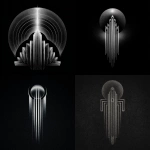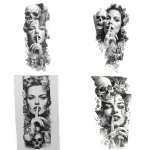Explore the Best AI Image Gallery
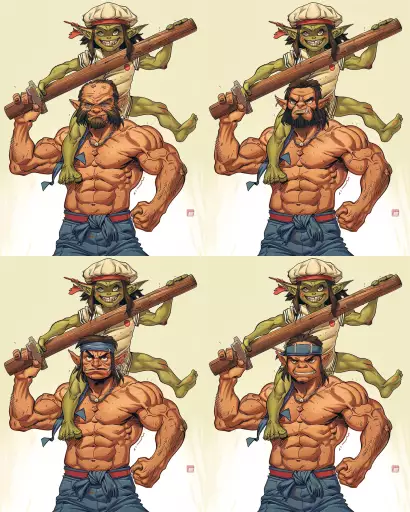
AI: The Artists New Muse - Reshaping the Graphic Design Landscape
The world of graphic design is undergoing a seismic shift, driven by the rapid advancements in artificial intelligence (AI). This powerful technology is no longer confined to science fiction; its actively transforming the creative process, empowering designers with unprecedented capabilities and blurring the lines between human creativity and machine intelligence.
From generating stunning visuals to automating tedious tasks, AI is revolutionizing every facet of graphic design. Lets delve into this exciting new frontier, exploring its potential uses, ethical implications, and the future trends shaping this dynamic industry.
AI-Powered Design Tools: A New Arsenal for Creatives
A plethora of AI-powered tools are emerging, designed to streamline workflows and elevate design capabilities. These tools can:
- Generate Logo Concepts: AI algorithms can analyze brand guidelines and generate a variety of logo concepts based on specific parameters like style, colors, and typography.
- Create Custom Illustrations: Need a unique illustration for your website or marketing materials? AI can create custom visuals based on textual descriptions or even sketches.
- Design Website Layouts: AI-powered design platforms can suggest optimal layouts and user interface elements, ensuring your website is both visually appealing and user-friendly.
- Produce High-Quality Typography: AI can assist in selecting the perfect fonts for different purposes, taking into account readability, aesthetics, and brand identity.
- Edit Images Seamlessly: AI-powered photo editing tools can automate tasks like removing backgrounds, enhancing colors, and retouching images with remarkable precision.
The Benefits of AI in Graphic Design
The integration of AI into graphic design offers numerous benefits for both designers and clients:
- Increased Efficiency: AI automates repetitive tasks, freeing up designers to focus on more creative and strategic aspects of their work.
- Enhanced Creativity: AI can provide inspiration and generate novel ideas, pushing the boundaries of traditional design concepts.
- Cost-Effectiveness: By streamlining workflows and reducing manual labor, AI can lead to significant cost savings for businesses.
- Personalization at Scale: AI enables designers to create highly personalized designs for individual users, enhancing customer experiences.
Ethical Considerations: Navigating the AI Landscape
While AI presents exciting possibilities, it also raises important ethical considerations that must be addressed:
- Bias in Algorithms: AI algorithms can perpetuate existing biases if they are trained on biased datasets. Its crucial to ensure fairness and inclusivity in AI-powered design tools.
- Job Displacement: The automation capabilities of AI may lead to concerns about job displacement for graphic designers. However, its more likely that AI will augment human creativity rather than replace it entirely.
- Intellectual Property Rights: Questions arise regarding the ownership of designs generated by AI. Clear guidelines and legal frameworks are needed to address these complexities.
- Transparency and Explainability: Its important to understand how AI algorithms arrive at their design decisions. Transparency and explainability can build trust and ensure responsible use of AI in creative processes.
The Future of Design: A Collaborative Vision
The future of graphic design lies in a harmonious collaboration between human creativity and AI technology.
- Human-AI Partnerships: Designers will leverage AI tools as creative partners, enhancing their skills and pushing the boundaries of innovation.
- Emergence of New Design Roles: New job roles will emerge that focus on guiding AI algorithms, curating design outputs, and ensuring ethical considerations are met.
- Democratization of Design: AI-powered tools will make design more accessible to individuals without formal training, empowering everyone to express their creativity.
As AI continues to evolve, its impact on graphic design will only grow more profound. Embracing this transformative technology while addressing ethical considerations will pave the way for a future where human creativity and AI innovation converge to shape a visually stunning and conceptually rich world.
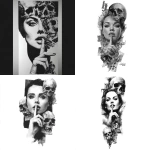

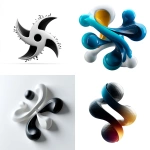
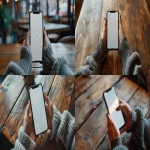





](https://images.ai-img.art/thumbnails/150/336026613fd234b8d6908fe18ecc09b2b2ecf7b8dfe294742041c9862dc499c1.webp)



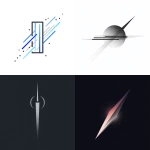
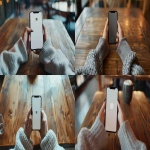





](https://images.ai-img.art/thumbnails/150/37f115f2fa75765b87e6d3e2c9f1b0a80a6a46efa8b864a05278c7fc0a0a62e7.webp)
](https://images.ai-img.art/thumbnails/150/b90a5f332cb5d8f02116934e13abd20233e0eeb2368274dbdffaa2e281e4dff5.webp)
](https://images.ai-img.art/thumbnails/150/85464d88f1d4314cd042a02a6f41440fc3b4343db529794cbe8e6836fdadf409.webp)






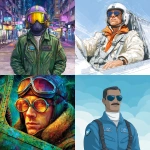



](https://images.ai-img.art/thumbnails/150/24610c8978ce6b4f1ced8639b434482871adb07e38af8b90cd535f2533bf18cc.webp)

](https://images.ai-img.art/thumbnails/150/9127f72c6be19d533c26ac476f4d216cd89a6a2d7c351333489a3eff30c3ec5a.webp)

](https://images.ai-img.art/thumbnails/150/d29fcfc8037938184a641f7980e1102e24a6e82088bc465886d26ffe5bb006c7.webp)

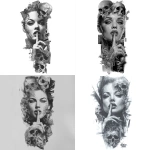


](https://images.ai-img.art/thumbnails/150/4a4f2a16da94ebadad64aeb3b0fb4e64d426431f1d651cc4929142c728fe85b7.webp)
